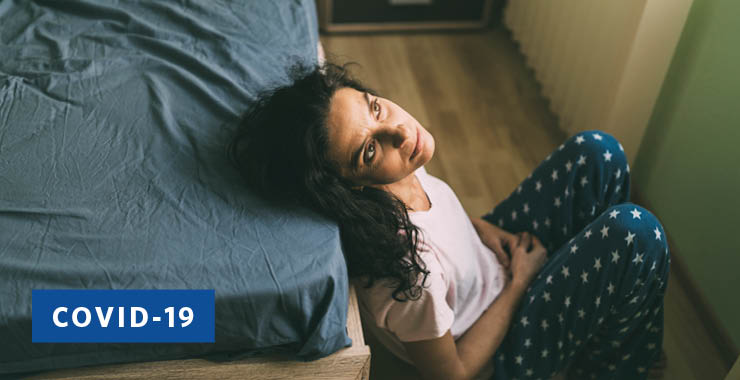Isolation has long been known to have a negative effect on most people. While there are exceptions like David Thoreau, the majority of people do not do well in extended periods of being alone; prisons use solitary confinement as one of the more extreme punishments for prisoners who get out of hand as an example. Yet in March 2020 we all began a huge real-time experiment in how social distancing would be affected across entire communities and countries. And the results are in, human beings are social animals and don’t do well with being alone.
The Statistics are Huge
Well over half, 1 out of 2 Americans, have acknowledged some kind of negative mental effect from social distancing and isolation in 2020. It’s hardly surprising there is so much unrest, frustration, and anger every time there is a new extension or restriction due to COVID. People are sick of not being connected anymore. And loneliness is at the heart of the problem. Another 6 out of 10 people felt isolated by their situation as well. While we work at home with families, most of us have nothing in common with our relatives, but we did with people at work or school. That networking element results in half feeling left out and at least 49 percent missing friends they can no longer be near.
Younger people are feeling the isolation effect far more than older folks. Among Millennials and Generation Z, at least 1 out of 2 felt impacted, whereas the numbers are a bit lower for Baby Boomers. The effect is most noticeable in younger children who are appearing in thousands of anecdotal stories, showing classic signs of social withdrawal and psychological development issues due to a lack of community interaction that otherwise occurs in early grade school.
Fixing the Problem Proactively
So how to offset what we all have to deal with? First off, getting up and out of a chair and away from a computer is a big step. People consistently report feeling better after going for walks, getting sunshine, and exercising outside. The simple physical act of moving and getting away from the screen has a huge positive mental effect daily. Second, force your schedule to get enough sleep every night. Too many are staying up late due to a lax schedule or looking at their smartphones at night. Stop. Separate from the screen and eye interaction and try to achieve eight hours of sleep or close to it if possible.
For the interaction aspect, it takes some reaching out and getting involved with groups again, even if online at first. Reach out to old friends and contact them and just chat again for a few minutes to connect. If possible, meet as a group in an open area like a local park, table area, or playing field. All make it easy to keep distance while still interacting and communicating again.
In the evenings try group interactions while sharing an experience. Group moving watching has become very popular, being possible both with schedule streaming channels and chat or web meetings with video at the same time. Just make sure to have a good Internet connection because the bandwidth demand for both will be heavy.
Take some time to reach out to relatives and family as well. Isolation breeds silence. Reaching out to people breaks that cycle, and you also can confirm how the rest of your extended family are doing or if they need help. And during the workday do the same. Try to foster a 10-minute break for everyone to just chat with each other digitally and have an imaginary water cooler. It can make a huge difference in getting through the day as well.
The social distancing isn’t going to go away in 2021, but it can be made more manageable. Your mental health doesn’t need to be a singular challenge handled alone.


:max_bytes(150000):strip_icc()/labgrownlede-2b7540f7f7404558a08f1a555862f3d3.jpg)










